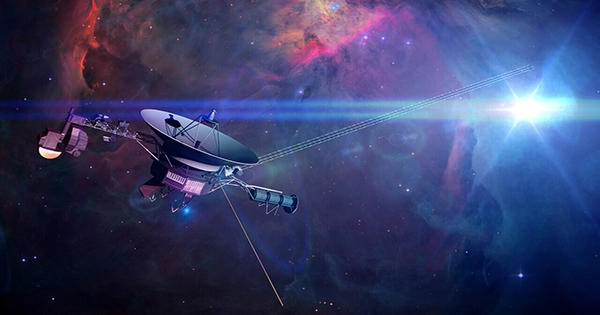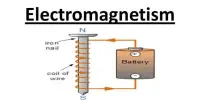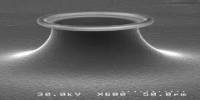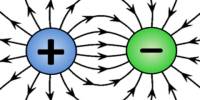Maintaining the oxygen supply may be the most difficult of all the duties necessary for future journeys to Mars or beyond. After all, if other components of a mission fail, you may have days to correct them, but not breathing poses an immediate threat. As a result, the International Space Station’s (ISS) production of oxygen is one of the more expensive and difficult aspects of a process that is not recognized for being cheap or easy. We probably need something better if we want to travel to Mars for a reasonable price. In the journal Microgravity, a study team explains how magnets might be the key to finding the solution.
Hydrogen production using electrolysis of water is developing quickly as a more environmentally friendly method. You would think that since oxygen is the desired result, we could just carry out the same process in space. However, efficient phase separation in lower gravitational conditions is a barrier to human space travel and has been known since the first space flights in the 1960s, according to study author Dr. Katharina Brinkert of the University of Warwick.
Gas bubbles remain floating in the water because there is no gravity to separate the liquids from the gases. Centrifuges, which are used by the ISS to generate what is frequently referred to as “artificial gravity,” take up a lot of room, energy, and maintenance resources to run.
From springs to ultrasonic standing waves, a dizzying array of different techniques have been tested. Some, like launching rockets, had rather obvious issues, yet they were nonetheless tested. Other methods, while working momentarily, have not shown to be trustworthy.
These scientists seek to use magnets to carry out the same function with less energy and, ideally, more dependability. They tested the viability of their method using the Bremen Drop Tower, which replicates microgravity for 9.2 seconds each time it is utilized.
They demonstrated that gas bubbles will be drawn to or repelled from neodymium magnets when they are submerged in particular water-based solutions in microgravity.
These results suggest that efficient oxygen and, for example, hydrogen production in water (photo-)electrolyzer systems can be achieved even in the nearly absence of the buoyant force, which has enormous implications for the further development of phase separation systems, such as for long-term space missions, according to Brinkert.
The writers didn’t just decide to drop magnets from the tower based on pure assumption, which is not surprising. The crew had spent years studying the theory before they felt ready to put it to the test. Even though Brinkert had already shown the viability of analogous concepts four years prior, in that instance, he was only able to make them function with a particular mix of solution and nanostructured cells.
On lengthy space voyages, manufacturing oxygen for breathing and maybe hydrogen for fuel will likely be the paper’s most significant application. However, that might not be the only use for the work since it might enable the separation of various gases and liquids, which could aid in the recycling of wastewater and the removal of carbon dioxide from the atmosphere.
The authors investigated olive oil, air bubbles in ultra-pure water, a MnSO4 solution, a broth used to grow bacteria, and air bubbles in ultra-pure water. The separation was always present but was less apparent as viscosity increased due to a drag effect.
















